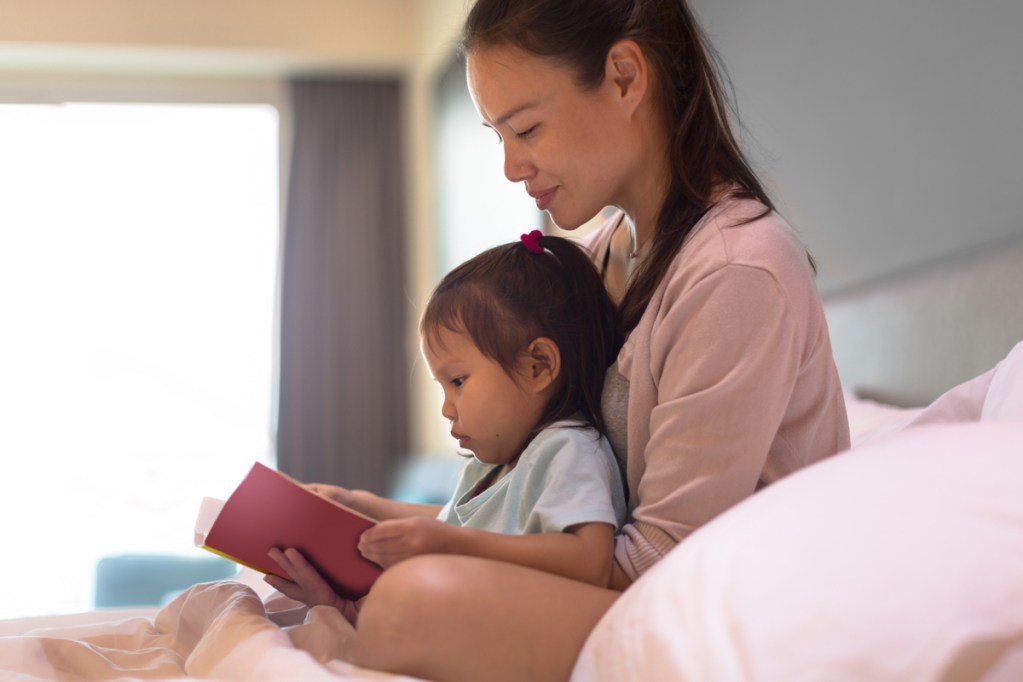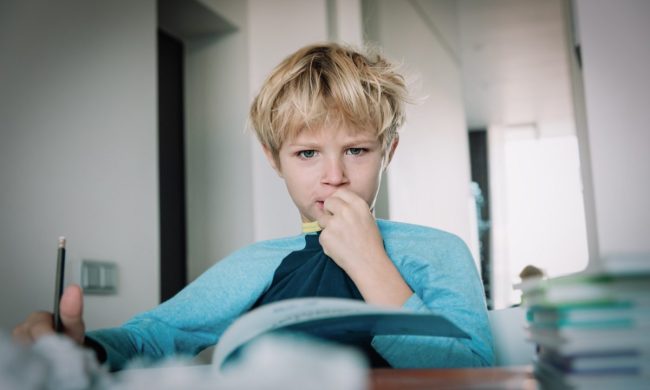Whether you’re celebrating Women’s History Month in March, Asian American and Pacific Islander (AAPI) Heritage Month in May, or bringing representation to your child’s bookshelf any time of year, these AAPI women kids’ books will help teach about inspiring Asian American women in history to kids in elementary school or middle school. These five illustrated books for kids about AAPI women in history tell the stories of dozens of historical figures worth learning about.
- Asian American Women in Science: 15 Inspiring People You Should Know
- The Fearless Flights of Hazel Ying Lee
- It Began With a Page: How Gyo Fujikawa Drew the Way
- Queen of Physics: How Wu Chien Shiung Helped Unlock the Secrets of the Atom
- We Are Inspiring: The Stories of 32 Inspirational Asian American Women
Asian American Women in Science: 15 Inspiring People You Should Know
This book, for readers ages 8 to 12, tells the biographies of 15 Asian American women in history who broke barriers in science. Some of the women include Kazue Togasaki, the first Japanese American woman to become a doctor; Chien-Shiung Wu, a Chinese American physicist who worked on top-secret projects; and Isabella Aiona Abbott, who became an expert on the marine plant life of her native Hawaii. It’s a must-have for those looking to add to their collection of AAPI women kids’ books. By Tina Cho.
The Fearless Flights of Hazel Ying Lee
Hazel Ying Lee (1912-1944) was the first Chinese American woman to fly for the U.S. military and this 48-page picture book biography tells the story of how she wouldn’t take no for an answer. She served as a pilot during World War II and this book inspires with a tale of determination. Written by Julie Leung, illustrated by Julie Kwon.
It Began With a Page: How Gyo Fujikawa Drew the Way
This picture book won many accolades, including four starred reviews, and actually tells a story of picture book history. Gyo Fujikawa (1908-1998) was a Japanese American picture book illustrator who fought for racial diversity in picture books. Her family was imprisoned in an internment camp in Arkansas in World War II and she went on to become the illustrator of a bestselling picture book. Written by Kyo Maclear, illustrated by Julie Morstad.
Queen of Physics: How Wu Chien Shiung Helped Unlock the Secrets of the Atom
Wu Chien Shiung (1912-1997) was a Chinese American woman who Newsweek called the “Queen of Physics” for her work on beta decay. She battled racism and sexism to follow her dreams and became the first woman hired as an instructor by Princeton University, the first woman elected President of the American Physical Society, and the first scientist to have an asteroid named after her when she was still alive! This award-winning, 48-page picture book shares her inspiring biography. Written by Teresa Robeson, illustrated by Rebecca Huang.
We Are Inspiring: The Stories of 32 Inspirational Asian American Women
Kids 10 and older could read this on their own, or you could read this to them if they’re younger. Covering 32 different AAPI women in history, this self-published book by an Asian American woman wanting to add representation to the children’s book world gets great reviews. By Angel Trazo.

If you’ve been searching for AAPI women kids’ books, these five will fit the bill for your AAPI Heritage Month or Women’s History Month needs and beyond.



